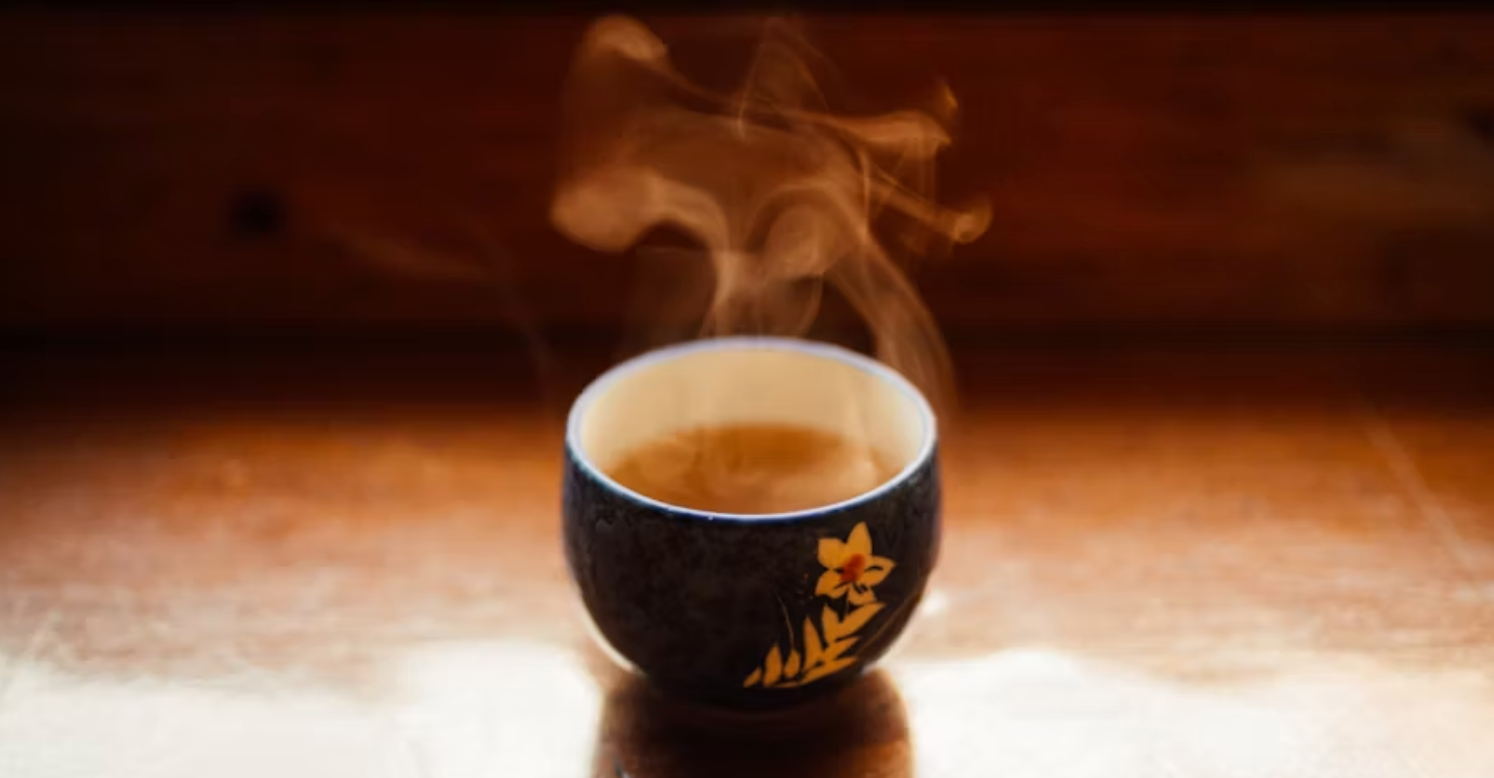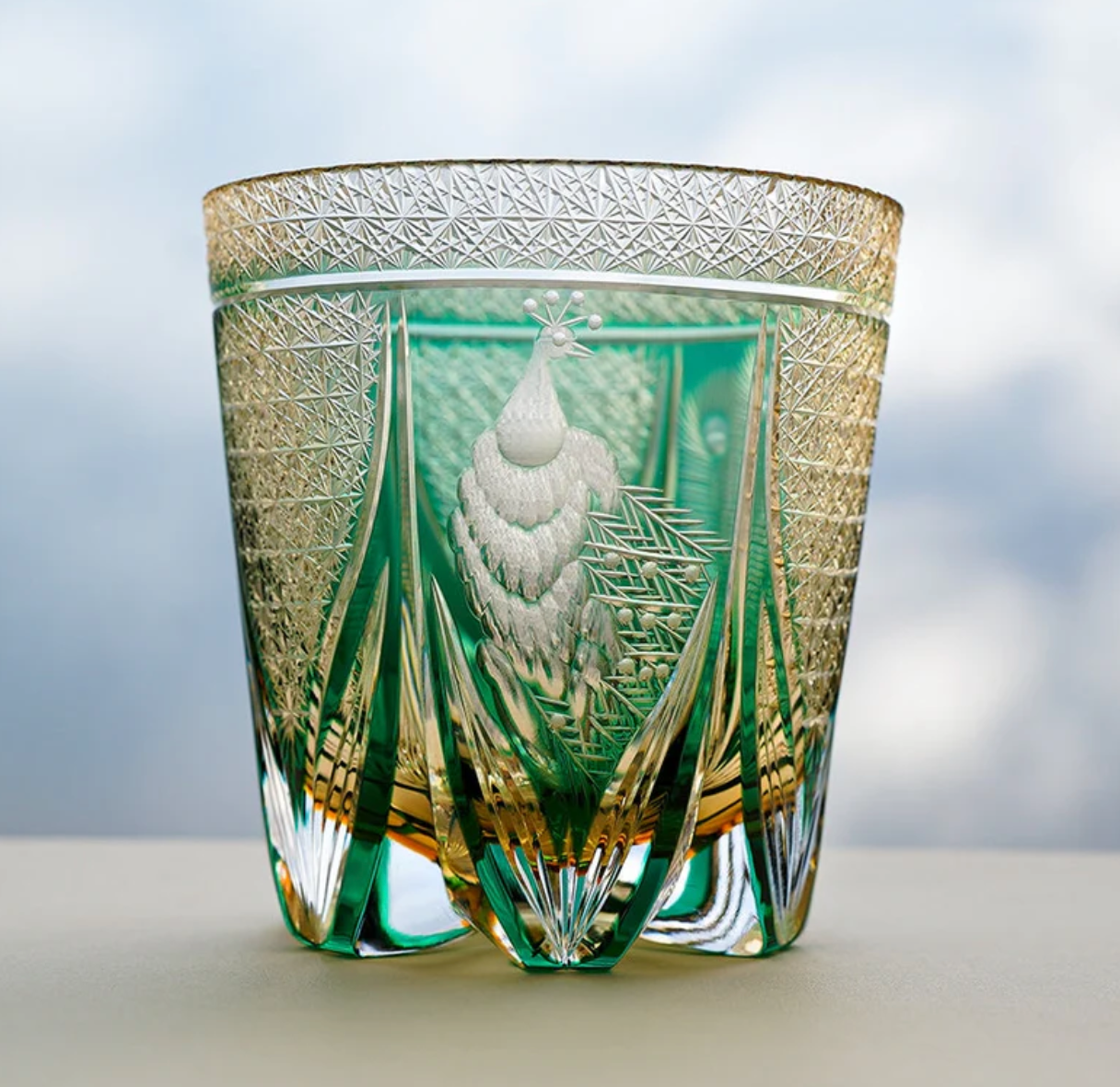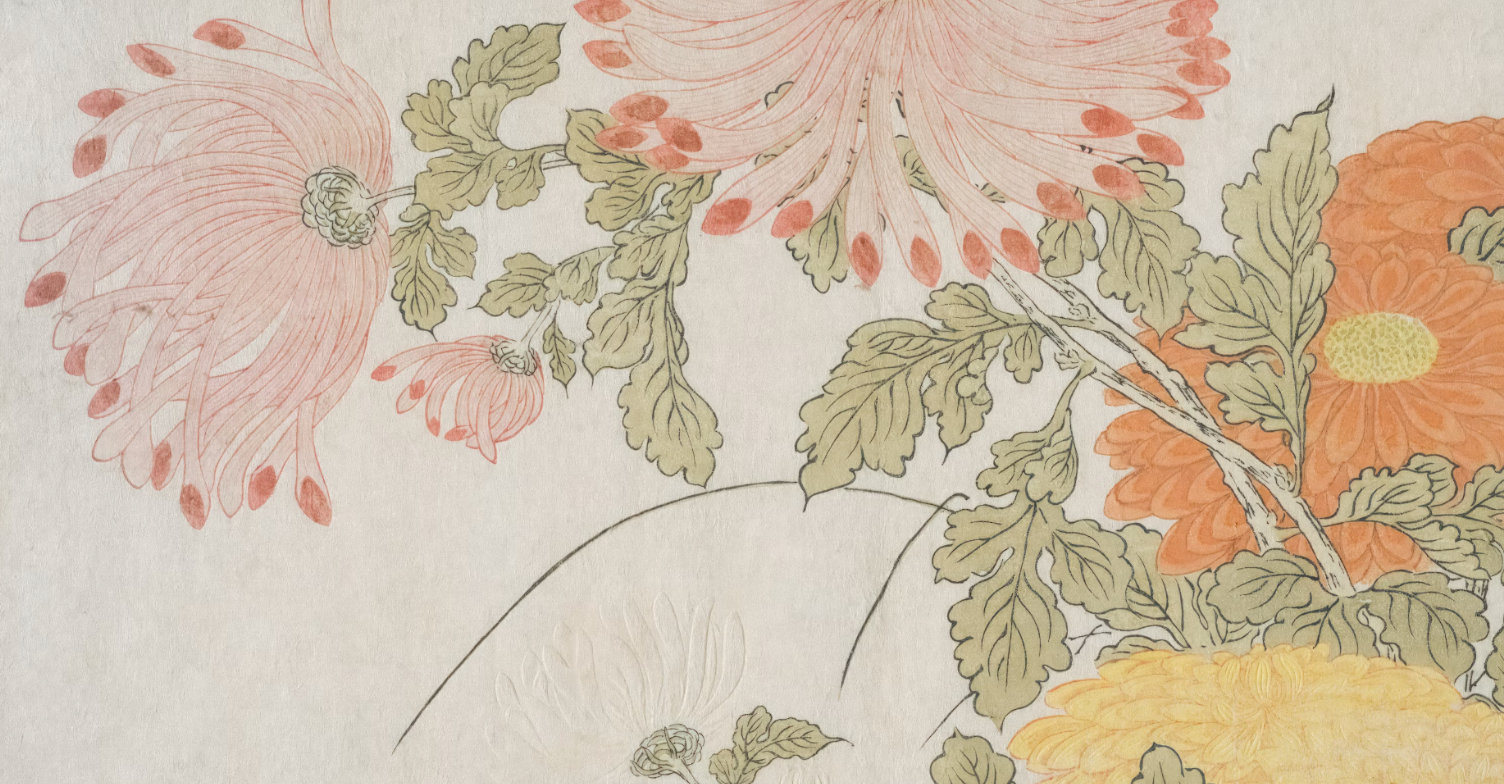
Beyond the Leaf: Exploring Traditional Japanese Tea Bowls (Chawan) and Their Enduring Allure
In the heart of the Japanese tea ceremony (Chanoyu) lies an object of profound simplicity and unparalleled depth: the Chawan (茶碗), or tea bowl. More than a mere vessel for Matcha, the Chawan is a tactile embodiment of the ceremony's philosophical core, a canvas for master craftsmanship, and a silent guide to mindfulness. Its enduring allure lies in its ability to connect us to centuries of tradition, the earth's raw beauty, and the profound aesthetic of Wabi-Sabi. At Oriental Artisan, we invite you to uncover the soul of these exquisite objects and elevate your personal tea ritual.
The Chawan: More Than a Bowl, a Universe in Hand
The Chawan's central role in the preparation and consumption of Matcha makes it the most intimate and revered piece of Japanese tea ware. Unlike other cups, a Chawan is designed to be held with both hands, allowing the drinker to fully appreciate its weight, texture, and form. This direct contact fosters a deep connection, turning the act of drinking tea into a meditative experience. Each curve, every brushstroke of glaze, and the subtle warmth of the ceramic against the palms contributes to a unique sensory journey.
Embracing Wabi-Sabi: The Aesthetic Heart of the Chawan
The Chawan is perhaps the quintessential expression of Wabi-Sabi (侘寂) – the Japanese aesthetic philosophy that finds beauty in imperfection, impermanence, and incompleteness.
- Asymmetry and Irregularity: Few Chawan are perfectly symmetrical. A subtle distortion, an uneven rim, or a slight tilt are not flaws but cherished marks of the artisan's hand and the spontaneous nature of the clay and kiln.
- Natural Beauty: The earthy tones, natural glazes, and visible textures of the clay celebrate the raw materials. The occasional crackle in the glaze or kiln marks ("scenery" or keshiki) are appreciated as unique characteristics that tell the bowl's story.
- Understated Elegance: Chawan often feature muted colors and minimal ornamentation, allowing the intrinsic beauty of the form, material, and glaze to shine through, inviting quiet contemplation rather than overt display.
- The Beauty of Age: Over time, a Chawan develops a patina from repeated use, as Matcha stains the interior or oils from the hands enrich the exterior. This process of aging and transformation is highly valued, deepening the bowl's character and connection to its owner.
Diverse Styles of Japanese Chawan: A Legacy of Kilns
The rich history of Japanese ceramics has given rise to numerous distinct styles of Chawan, each with its own character and tradition:
-
Raku Ware (楽焼): The Spirit of Spontaneity
- Description: Perhaps the most iconic Matcha bowl, Raku Chawan are hand-built (not wheel-thrown), low-fired, and rapidly cooled. This quick firing and cooling process creates spontaneous and often unpredictable glazes and textures.
- Aesthetics: Known for their irregularity, spontaneity, thick glazes, and often earthy, rough, or unctuous feel. The direct, unrefined nature of Raku Chawan perfectly embodies Wabi-Sabi and their intimacy with the tea ceremony.
- Keywords: Raku Chawan, Japanese tea ceremony bowl, hand-built tea bowl, Matcha bowl.
-
Hagi Ware (萩焼): The Seven Changes
- Description: Characterized by soft, porous clay and subtle, often translucent glazes, Hagi Chawan are celebrated for their warmth and delicate appearance.
- Aesthetics: Hagi ware is famous for "Nanabake" (七化け), or "seven changes," referring to how the porous clay absorbs tea over time, causing the glaze to deepen in color and develop a unique patina. This ongoing transformation makes each Hagi Chawan a living piece of art.
- Keywords: Hagi Chawan, changing tea bowl, Japanese collectible ceramics, porous tea bowl.
-
Karatsu Ware (唐津焼): Rustic Beauty from Kyushu
- Description: Originating in Kyushu, Karatsu ware is known for its earthy, utilitarian aesthetic and robust stoneware.
- Aesthetics: Often featuring simple, sturdy forms, natural iron glazes, and spontaneous ash effects from the kiln, Karatsu Chawan possess a grounded, rustic beauty that resonates with natural simplicity.
- Keywords: Karatsu Chawan, rustic tea bowl, Japanese stoneware, Kyushu ceramics.
-
Seto Ware (瀬戸焼) & Mino Ware (美濃焼): A Cradle of Innovation
- Description: These adjacent kiln regions boast a long history of ceramic innovation, producing diverse styles that significantly influenced the tea ceremony.
-
Aesthetics:
- Oribe (織部): Bold, often distorted forms with striking green copper glazes and geometric or abstract designs. A dramatic expression of asymmetry.
- Shino (志野): Characterized by thick, milky-white feldspathic glazes that often show reddish "fire marks" (hi-iro) where the glaze pulled thin, revealing the iron-rich clay beneath.
- Keywords: Seto Chawan, Oribe Chawan, Shino Chawan, Mino ware, Japanese ceramic art.
-
Kyoto Ware (京焼 - Kyo-yaki): Refined Elegance
- Description: Unlike regional kilns tied to specific clays, Kyo-yaki in Kyoto draws from a wide range of materials and techniques, often serving imperial and aristocratic tastes.
- Aesthetics: Typically more refined, elegant, and often intricately hand-painted with vibrant colors or delicate gold details. They can be lighter in weight and more formally perfect than their rustic counterparts.
- Keywords: Kyo-yaki Chawan, elegant tea bowl, decorative tea bowl, Kyoto ceramics.
The Tactile and Visual Experience of the Chawan
Holding a Chawan is a deeply personal experience. The way it fits into your hands, the texture of its surface, the thickness of its lip – all contribute to the intimate connection with the tea. The "face" of the bowl, its most appealing side, is traditionally turned towards the guest. As you rotate the bowl, you discover its unique landscape of glazes and forms, a journey of quiet discovery with every sip.
Collecting Chawan: A Journey of Discovery
For collectors, acquiring Chawan is a captivating pursuit. Each artisan-made tea bowl is unique, a testament to the individual potter's skill and artistic vision. Building a collection allows one to explore the vast diversity of Japanese ceramic traditions, appreciate the subtle nuances of each style, and create a personal connection to the profound aesthetics of the Japanese tea ceremony.
At Oriental Artisan, we are honored to present a curated collection of authentic Japanese tea bowls (Chawan), sourced from renowned kilns and master artisans. Each piece is selected for its intrinsic beauty, its embodiment of Wabi-Sabi, and its capacity to bring depth and tranquility to your tea ritual.
Go beyond the leaf and connect with the soul of Japanese tea. Explore Oriental Artisan's exquisite collection of authentic Japanese tea bowls (Chawan) and discover the perfect vessel for your mindful moments.




Leave a comment
This site is protected by hCaptcha and the hCaptcha Privacy Policy and Terms of Service apply.